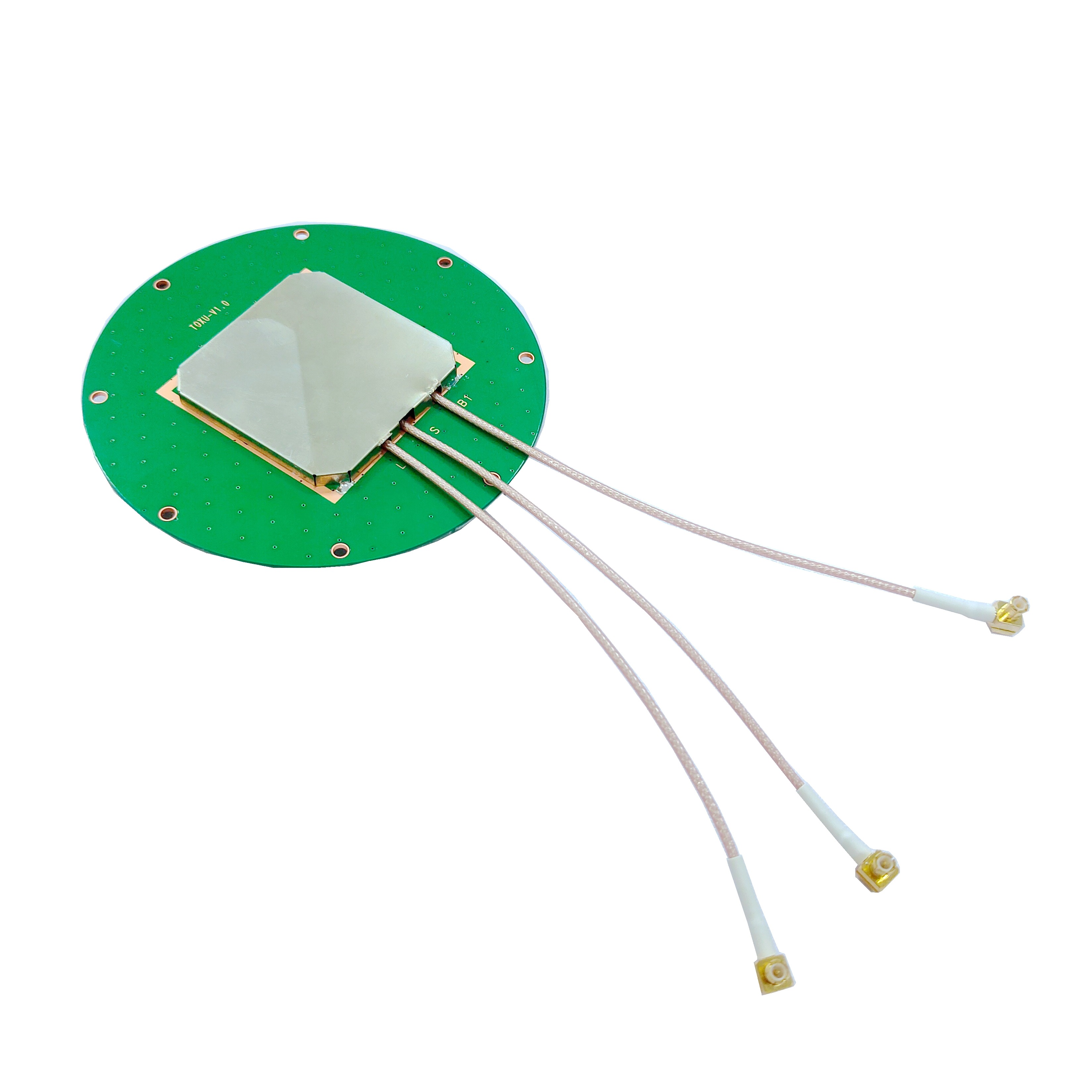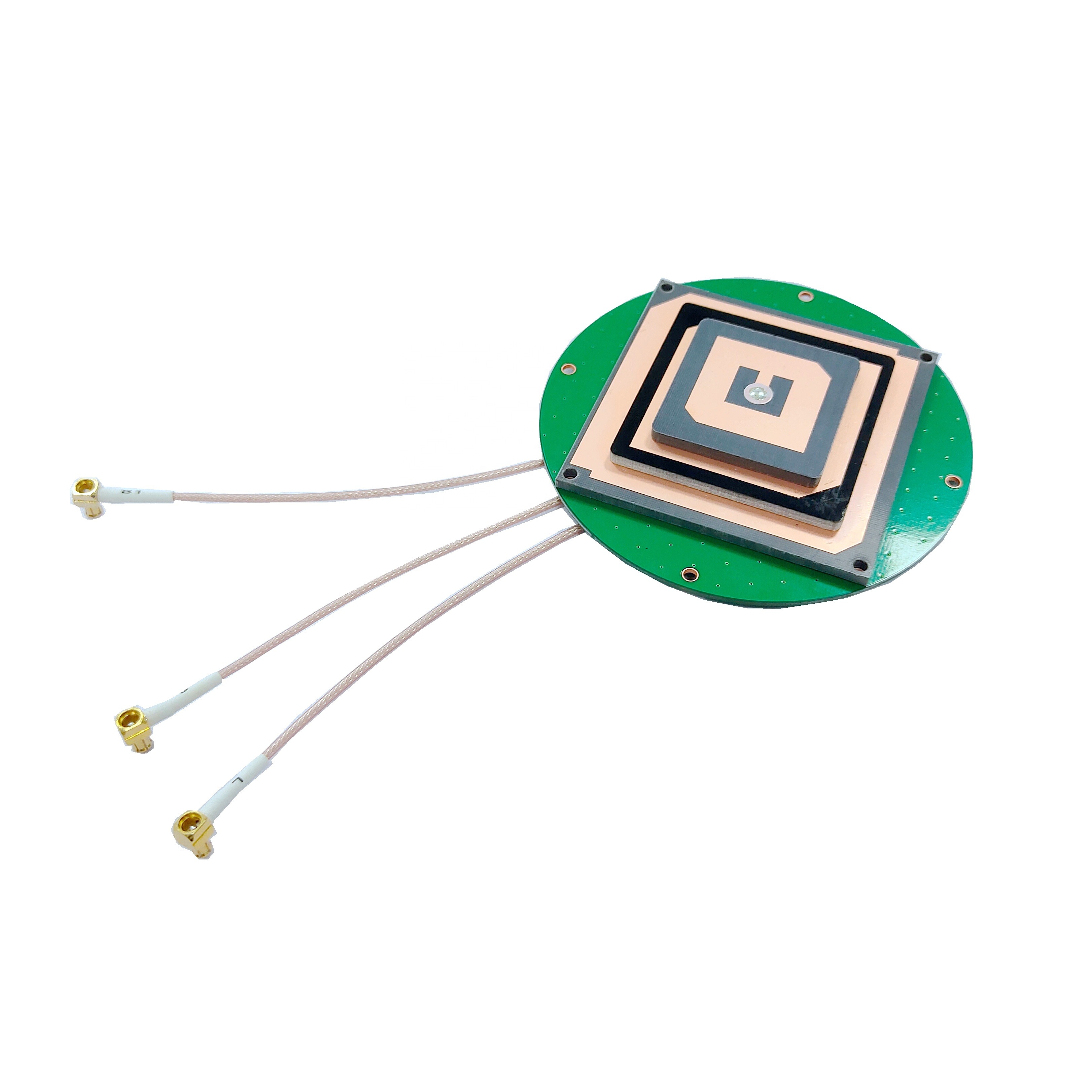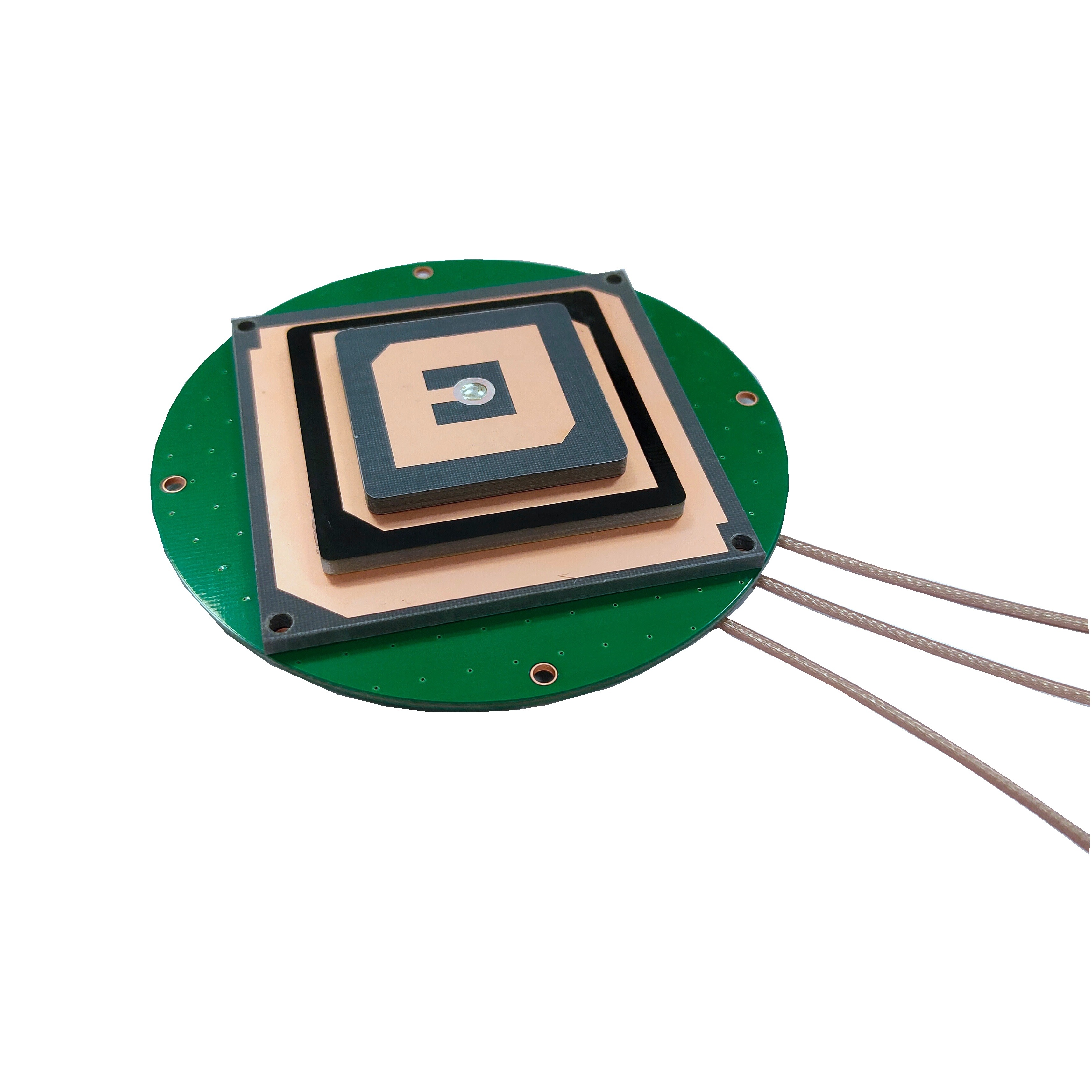The democratization of centimeter-accurate positioning through affordable, embedded RTK modules is fueling innovation across a vast spectrum of industries. The applications are diverse, each leveraging the precision of RTK to solve unique problems.
Current Applications:
Precision Agriculture: This is one of the largest markets. RTK guides tractors for auto-steering, enabling sub-inch pass-to-pass accuracy. This eliminates overlaps and gaps in planting, fertilizing, and spraying, saving inputs, fuel, and time, while increasing yields. It also enables variable rate application (VRA) and yield mapping.
Unmanned Aerial Vehicles (UAVs / Drones): RTK is critical for drone applications requiring precise positioning. This includes:
Surveying & Mapping: Drones with RTK can generate highly accurate orthomosaics and 3D models without the need for numerous ground control points (GCPs), drastically reducing fieldwork time.
Infrastructure Inspection: Precise positioning allows for repeatable flights to monitor changes over time on assets like bridges, wind turbines, and power lines.
Precision Spraying: Agricultural drones use RTK to target specific areas within a field.
Delivery and Logistics: For automated takeoff, landing, and navigation.
Robotics and Autonomous Systems:
Autonomous Mobile Robots (AMRs): For outdoor logistics in ports, warehouses, and manufacturing campuses.
Last-Mile Delivery Robots: To navigate sidewalks and roads accurately.
Agricultural Robots: For weeding, harvesting, and scouting.
Construction and Earthmoving: Machine Control (MC) systems use RTK to guide bulldozers, graders, and excavators. The blade or bucket of the machine is positioned automatically to the exact design grade, improving efficiency, reducing material waste, and eliminating rework.
Transportation and Automotive: While full autonomy requires a sensor fusion approach, RTK provides a highly reliable absolute position for Advanced Driver-Assistance Systems (ADAS), vehicle testing, and the development of autonomous shuttles and trucks. It's also used in tolling systems and fleet management for precise location logging.
Surveying and Geomatics: The traditional application. RTK has revolutionized land surveying, making real-time, centimeter-accurate measurements possible without the need for static post-processing, dramatically increasing productivity.
Marine and Hydrography: For precision dredging, port construction, and bathymetric surveys (mapping the seafloor).
Future Trends:
Mass Market Adoption via Correction Services: The rise of affordable, subscription-based correction services (delivered over cellular networks) is removing the barrier of owning a private base station. Companies like SwiftNav, Point One Navigation, and Trimble are creating "correction networks" that allow any RTK module with a cellular connection to get a fix almost anywhere.
Tightly Coupled Sensor Fusion: The future is not just RTK, but RTK++.
RTK + IMU: Deep integration with Inertial Measurement Units is becoming standard. The IMU provides high-frequency, short-term stability and continuity during GNSS outages, while RTK provides the long-term absolute accuracy and corrects the IMU's drift. This is essential for automotive and urban robotics.
RTK + LiDAR/Camera/SLAM: Fusion with perception sensors allows systems to build a precise map of their environment and localize within it, combining absolute positioning with relative obstacle avoidance.
Advancements in PPP-RTK: This emerging technology combines the wide-area coverage of Precise Point Positioning (PPP) with the fast integer ambiguity resolution of RTK. It uses a sparse network of reference stations to generate atmospheric correction models that are broadcast to users over a large area (even continent-scale). This could eventually provide global centimeter-level accuracy without the need for a local base station, a true holy grail for global autonomy.
Enhanced Robustness and Security: Future modules will focus on hardening against jamming and spoofing (malicious interference) through advanced signal processing techniques and the use of encrypted signals from Galileo and GPS. AI and machine learning will be used to better filter multipath and improve performance in challenging signal environments.
Further Miniaturization and Power Reduction: The trend towards smaller, lower-power, and less expensive modules will continue, opening up new applications in consumer electronics, wearables, and Internet of Things (IoT) devices where precise timing and location are valuable.
The trajectory is clear: RTK GNSS technology is moving from a specialized tool to a ubiquitous sensor, becoming an indispensable component of the autonomous and data-driven future.
Conclusion
The development and proliferation of the RTK GNSS embedded module represent a pivotal advancement in positioning technology. It has successfully transitioned a capability once reserved for well-funded scientific and surveying projects into an accessible, commercially viable component that is now a key enabler of modern automation and precision across countless industries.
By mastering the complex art of carrier-phase ambiguity resolution and leveraging the power of differential correction, these compact modules perform a remarkable feat: they filter out the noise of the atmosphere and satellite errors to extract a crystal-clear, centimeter-accurate truth from signals that have traveled over 20,000 kilometers. This transformation from meter-level ambiguity to centimeter-level certainty is what empowers a tractor to steer itself, a drone to map a construction site, and a robot to navigate a public sidewalk.
However, as we have explored, this power does not come without its constraints. The dependency on continuous correction data, the challenges of maintaining a fixed solution in difficult environments, and the inherent limitations of baseline distance are important factors that system integrators must carefully manage. The technology is not a magic bullet but a powerful tool that works best when its operating principles are understood and respected.
Looking forward, the role of the RTK module is evolving from a standalone positioning source to the fundamental anchor in a sophisticated sensor fusion ecosystem. Its integration with inertial sensors, computer vision, and LiDAR is creating robust navigation systems that are greater than the sum of their parts, capable of providing continuous, reliable, and safe operation even when satellite signals are temporarily unavailable.
The ongoing trends of PPP-RTK, widespread correction networks, and increasing satellite constellations promise a future where high-precision positioning is available globally, reliably, and affordably. This will unlock new waves of innovation in autonomy, logistics, and data collection that we are only beginning to imagine.
In conclusion, the RTK GNSS embedded module is far more than just a component; it is a foundational technology that is quietly but profoundly reshaping our relationship with the physical world, providing machines with a precise sense of place and paving the way for a more efficient, automated, and data-aware future.




































































 Language
Language
 En
En Cn
Cn Korean
Korean

 Home >
Home > 








 18665803017 (Macro)
18665803017 (Macro)













